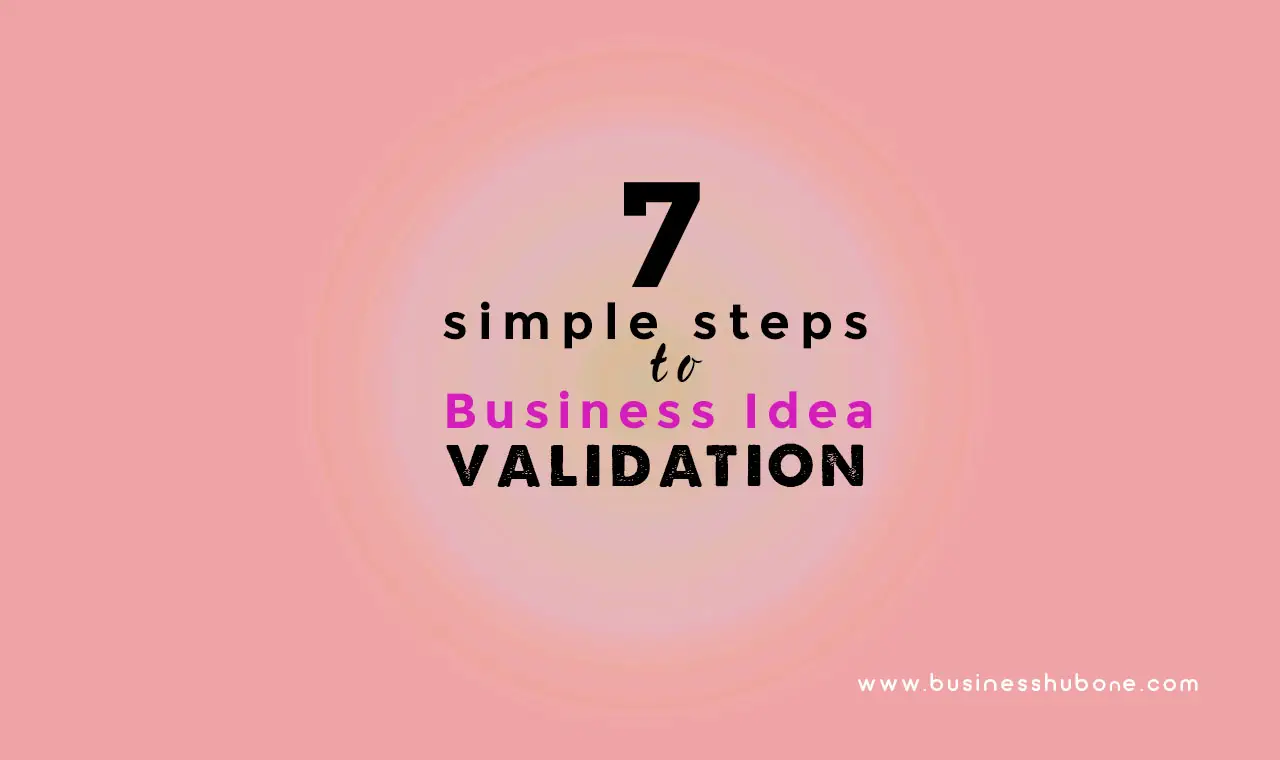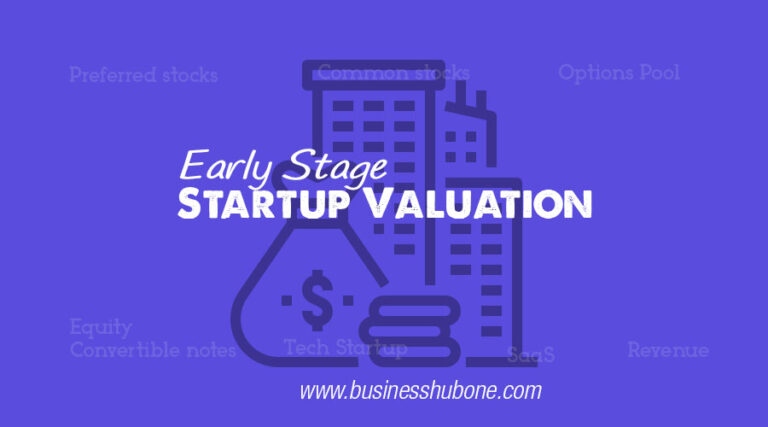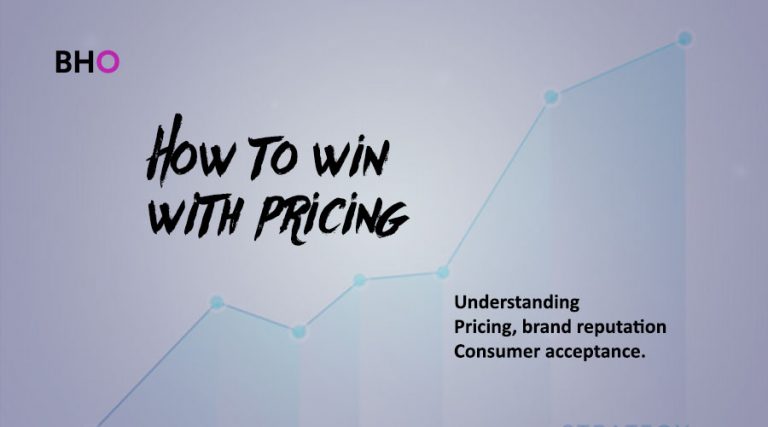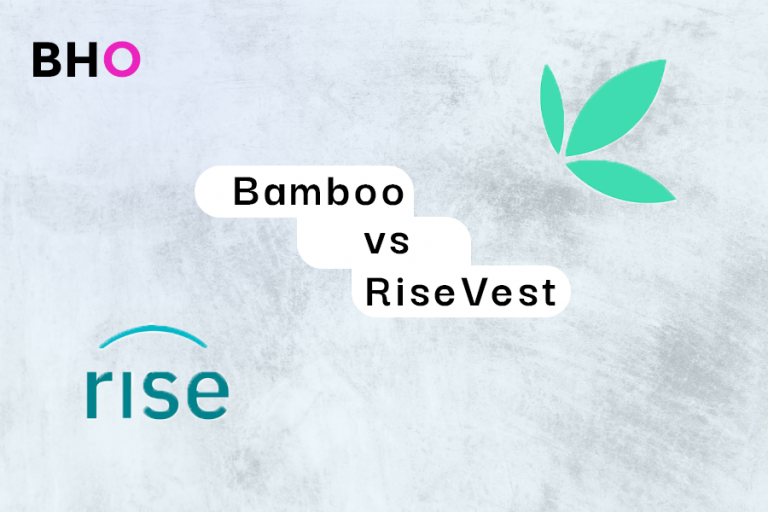7 simple steps to Business Idea Validation
Business idea validation remains the first step to starting a successful venture!
You might have heard that having an idea is not the best thing that can happen to a startup it’s the execution of the idea that’s paramount.
In other climes, Some may have said “Idea is King” and you do believe it or maybe you don’t.
Related: Start. up.die: Thoughts on startup failure
Why should I validate my Idea?
Validating your idea saves you loads of money and effort that may have been put into an idea that won’t scale. It exposes your idea to the marketplace – since that’s where your testing takes place
Although, the principles of business success tell you to not depend too much on the possible supremacy of your idea because a good idea poorly executed is as worthless as a bad idea.
An Idea is the basis for any successful startup!. It is the reason founder’s venture into building something in the first place. They might have to pivot several times around the initial idea, it’s execution or core concepts to arrive at something worthwhile. Ideas remains the basis for venturing!
This article is about asking the right questions, and putting your idea on the right scale, to determine whether you have an idea worth considering in the first place or not.
Business Idea Validation helps you prevent this by determining the viability of your idea right off the ground!
Download our FREE Business Idea Validation checklist!!
Table of Contents
7 steps to Business Idea Validation
Business idea validation is not so much of a daunting task if you go about it the right way. We have compiled 7 simple steps in form of questions that will help validate your business idea easily.
Step 1. What problem is your Idea Solving?
If you cannot state the particular problem your idea aims to solve in very clear terms then you don’t have a valid idea.
It’s that simple!
Ideas that end up being successful businesses are those that have gone on to solve a particular problem – fixed a particular market friction.
Step 2: Are there similar ideas already executed?
My idea is new. There is no one that has done anything like it – slow down. This is the 21st Century, and completely new ideas are very rare.
The most disruptive of tech inventions are, upon critical evaluation, only radical improvements upon already existing frameworks/ideas. These frameworks oftentimes provide the basis for validating their bigger idea.
Business Hub One
Taxi Cabs was a viable business venture when Uber thought to redesign the approach to customer acquisition. The consumer was already used to the idea of hailing a cab even though there were attendant difficulties.
Hence, it was very easy to adopt the innovation that made their lives easier.
Don’t be motivated by the frenzy of creating something absolutely new – It just might mean the market is not there or the timing is not right.
Spotify, Facebook, Google, and Microsoft – name it – are all built on existing ideas.
To what degree is your idea already existent? – see table
Step 3: Does your idea have a Unique Value Proposition?
- Can you state, in clear language, the key features of your product or service?
- How many specific benefits for your product or idea can you list?
- What key features does my product or service have that others will have a hard time copying?
The unique value proposition is a feature that differentiates your idea from the competition and defines your market space. It should be a feature you can deliver with the highest level of dexterity.
The same idea without a differentiating proposition will only result in a suppressed competition.
Identifying your unique value is what truly establishes that you have an idea that can become a profitable business.
How to find your unique proposition
- Observe existing markets
- Identify points of friction – Difficulties in user adoption, possible improvements in user experience etc.
- Proffer solutions to the friction
- That solution is your unique proposition
Step 4: Is your Idea Scalable?
Can you invest the first 100,000 NGN(~$250) successfully and go on to invest 1 million NGN(~$2500) and 1 million USD easily
Consider a Traditional roadside Bean cake(Akara) selling business.
This model makes 100% profit easily within the space of 24-48 hours. However, it is very difficult to scale and retain that profitability because of several other variables to consider.
If you do scale it successfully there will be a significant reduction in the profits due to increased overhead, logistics and many other expenses – all this should be factored in from the start to prevent profit disappointment.
“Is your idea scalable?” evaluates your idea from the startup perspective.
Related: Startups or Small Business: Understanding your venture is key to life
Think Tech! – Automation of processes critical to the business thereby allowing room to focus on other tasks that help the business scale effectively.
Step 5: Do you have a passion for your idea?
Startups or business building is not an all-cosy journey. You will face real issues building your product, finding the right business model, gaining traction and a whole gang of other setbacks.
The key to surmounting these issues and thriving is having a genuine passion to birth the idea.
Passion does not essentially mean what you were convinced about from birth -LOL, rather, something you truly believe is a possibility and are ready to push the limits to see it become a reality.
Business Hub One
It took DuckDuckGo 4 years to properly go viral. It had received considerable traction from inception in 2009 leading into 2013 but didn’t become mainstream until the NSA leaks in 2013 and privacy became an item of national consciousness.
10 years later(2009-2019), Uber is still not profitable!
Building a business is not a fast-cash-out affair, it is near impossible for your venture to thrive if you don’t truly believe in it.
Step 6: Do you have what it takes to launch a business?
Can you produce the actual product, or do you have a partner who can?
If you don’t have what it takes to launch your business, then you need others to come on board as co-founders
Yes, Co-founder!
If you and possibly existing co-founders cannot get to over $10,000 in revenue before hiring someone, then you need that person as a co-founder, not an employee.
Properly drafted contracts will help ensure that this will only benefit the company and not hurt it.
Step 6: Reach out to neutral potential customers for genuine feedback
To achieve this, you can set up a landing page, even before you have a product to test your idea.
At Adobe Marketo, before product development, they had a blog. We talked about the problems we aimed to solve. . . .
Phil Fernandez, founder and CEO of Marketo, a marketing automation company that IPO’d in 2013.
Instead of beta testing a product, we BETA TESTED an IDEA and integrated the feedback we received from our readers early on in our product development process.
You don’t have to wait to have a product before you begin to get feedback on your idea.
Step 7: How long will it take for your idea will turn a profit?
If you need others to come on board and help you grow your business, you’ll have to figure out a clear path to profitability.
Determine how long till break-even. If your idea takes a long to break even, you will require more upfront capital – understanding this will help you keep expenses in check and raise enough money to avoid burning out before the action starts!
Have you validated a business idea before? Share with us in the comments section below. We’d love to chat about your experience.
If you have an idea already download our Business Idea validation checklist to validate your idea for FREE!!







